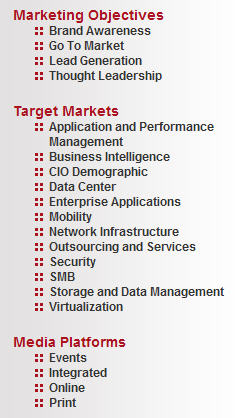I discovered Americhip 10 years ago. They helped me and other direct marketers to produce mail packages that really get results. The first pieces I used them for were mailings incorporating tiny sound chips. Example: Years ago my team was preparing a mailing series for a snow blower manufacturer. A mailing to potential dealers touted their line.
Avalanche In Sight and Sound
When the mailing was opened, you heard the sound of an avalanche and a call-to-action of stocking a line of snow blowers that were less likely let the dealer down when a big snowfall hits and there is a huge, urgent run on them. The mailing signed a ton of new dealers and helped cement our relationship with the client.
Since then I’ve found these folks are a reliable — and especially innovative — supplier of dimensional pieces. Here’s a video demonstrating their incredible paper engineering.
There is no “full disclosure statement” needed here, by the way. I actually haven’t used their services in a few years. But I continue to watch them, for whatever their next innovation will be.
In today’s fragmented, distracted marketing environment, I know that involving as many senses as possible in a promotion is a key to breaking through the clutter. Americhip has been a terrific resource for delivering this impact.
